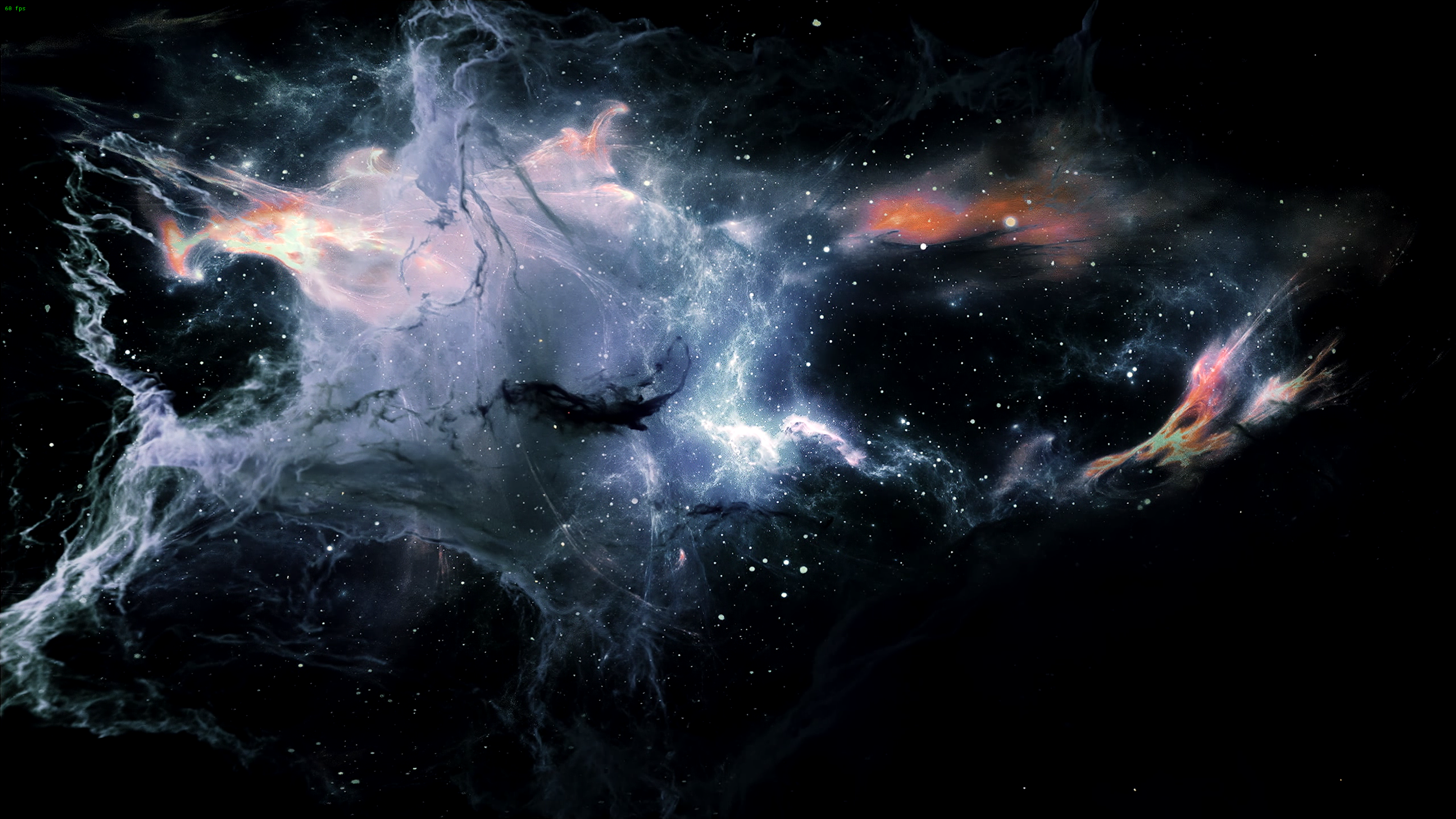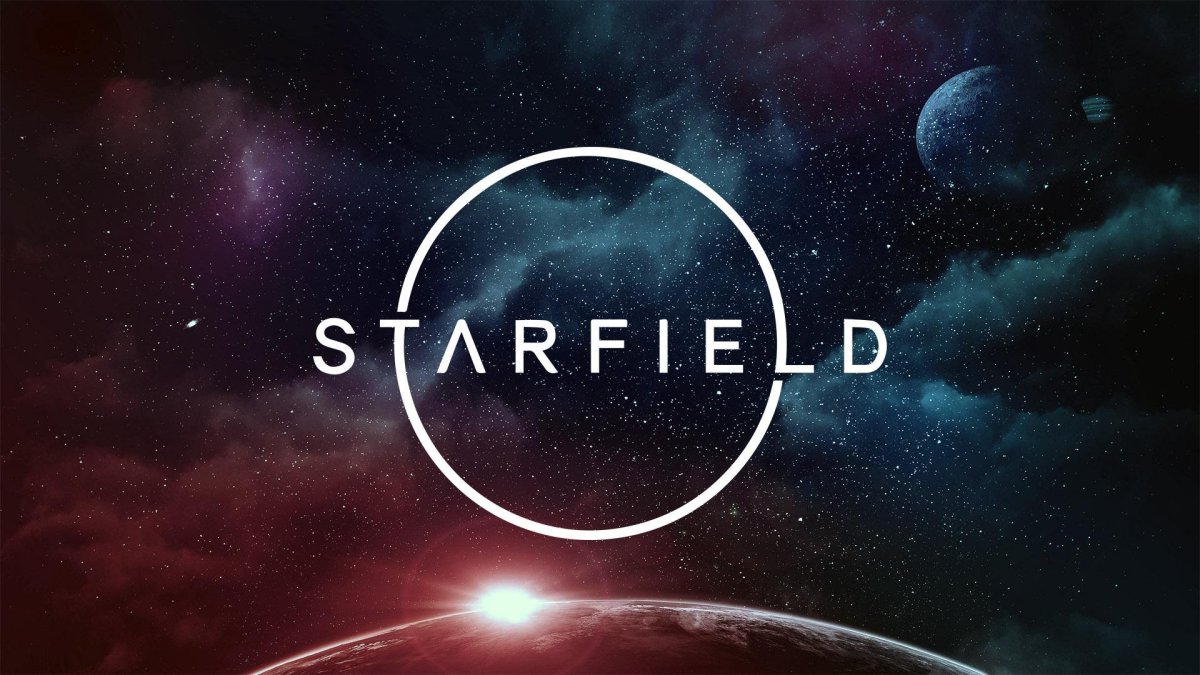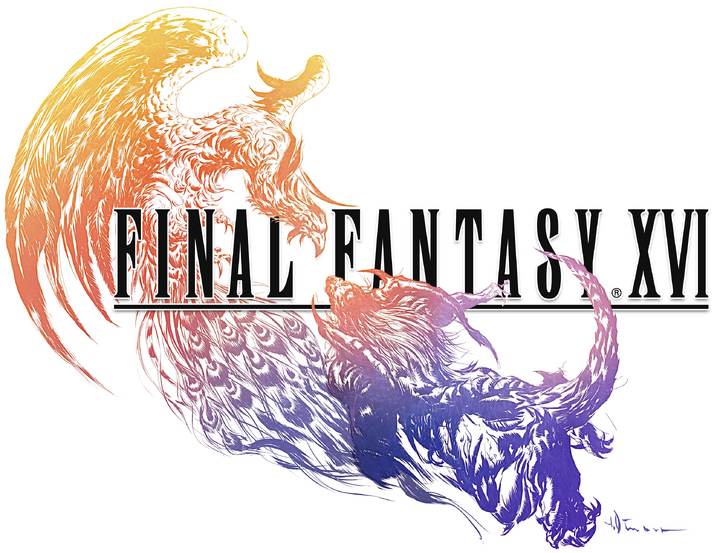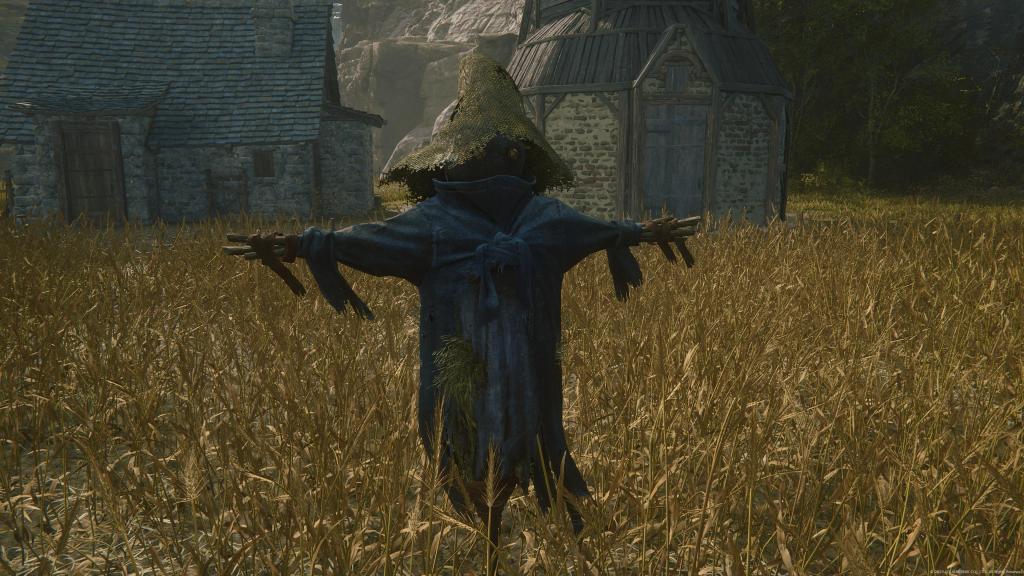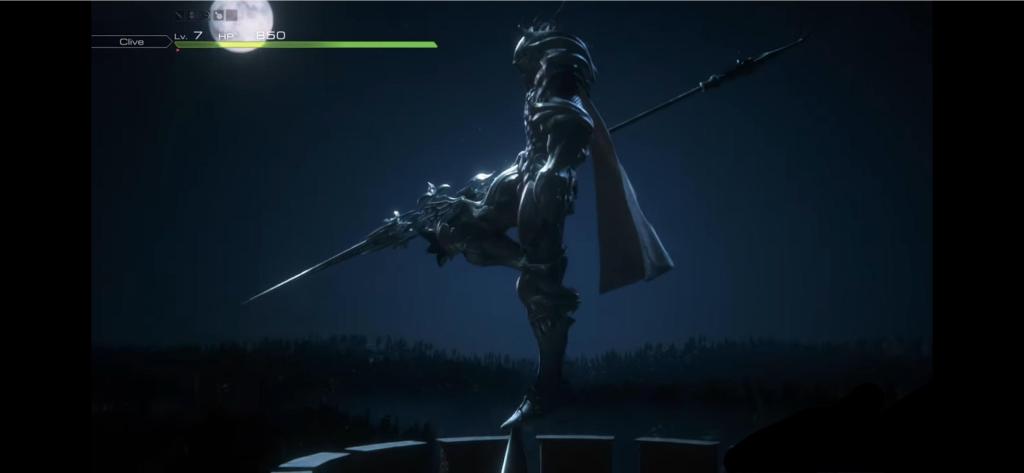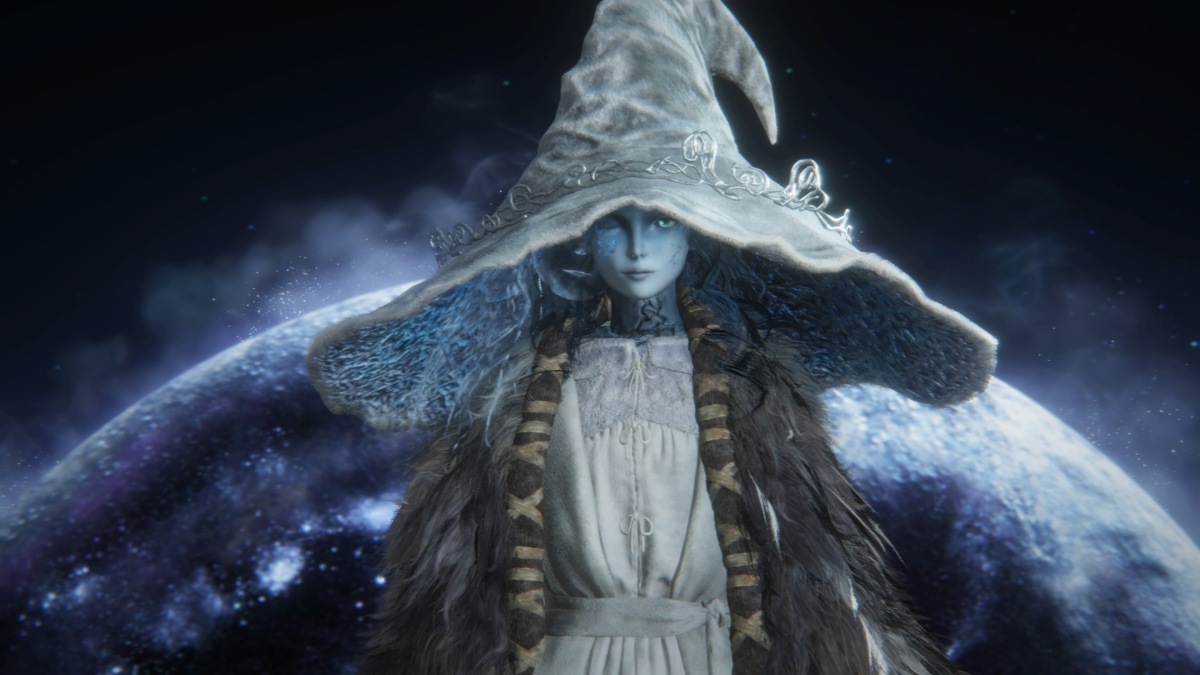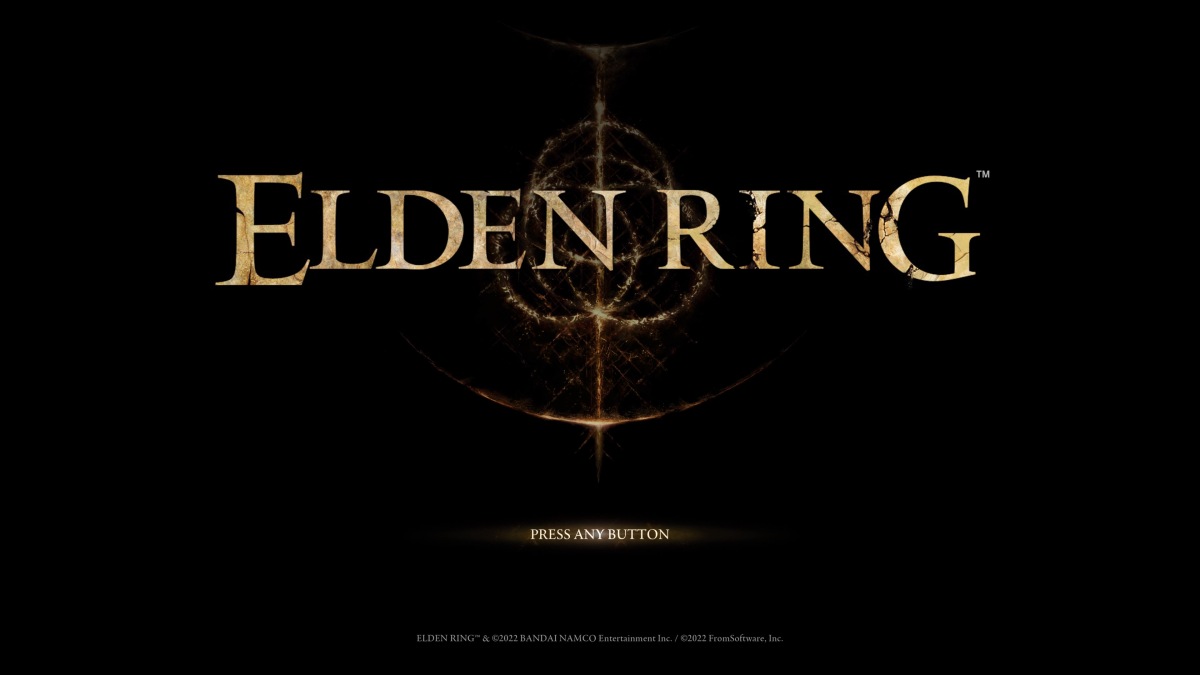I dislike first-person shooters. I generally dislike the first-person perspective in games. So when I say that I enjoyed my 100+ hours with Starfield, I don’t say it lightly. Only a few games have been able to overcome my preference and most reside in Bethesda’s lengthy list of RPGs.
One of my favorite things about Bethesda’s games are the freedom allotted to players. Very few games allow me to be a genuinely terrible person. Bethesda’s games are less restrictive. My time with Fallout 3, Fallout 4, and Skyrim were spent role-playing sociopaths. In Skyrim, I took it a step further and role-played a serial killer, going so far as to take items from victims and stash them in the basement of home. I was excited at the prospect of continuing this tradition in the far reaches of space.
I haven’t been this excited for a game since Spider-Man in 2018. I wear the watch that came with my Constellation Edition. I purchased my first XBox controller in almost 20 years because it was Starfield themed — and I don’t own a XBox. I opened a Twitter account where I periodically role-play as my character on the web. I even gave away a pre-release digital PC copy.
Starfield is not perfect by any stretch of the imagination. I didn’t go in expecting Bethesda to release the “game of the generation.” I’m not a fool. That was never going to happen. I was excited but my expectations were in check. I value my free time. Whatever else Starfield may or may not be, whatever complaints I or anyone else has, it is a game worthy of my time.
Story
Storytelling can make or break a RPG. Bethesda’s storytelling, in my opinion, is often lacking especially in their main plots. However, I enjoyed the plot in Starfield, though some of the voice delivery lacked feeling during pivotal story moments. The main story is intriguing and focuses on providing some semblance of answers to questions mankind has asked since time began while setting up mysteries surrounding how and why mankind ventured into the final frontier. These plot threads held my interest from start to finish culminating in a somewhat unique ending that is both an end and beginning.
Faction quests did not disappoint. Side content is where Bethesda often shines. Early on, I was tasked to infiltrate a group of space pirates by the military of the human colonies, which allowed me to pursue both faction quest lines at the same time until I decided which to betray. One of my favorite side quests was one I happened upon early during one of the faction quests. I was led to a hideout of what is best described as Starfield’s version of Batman. As expected, some of the best story content is in Starfield’s side content.
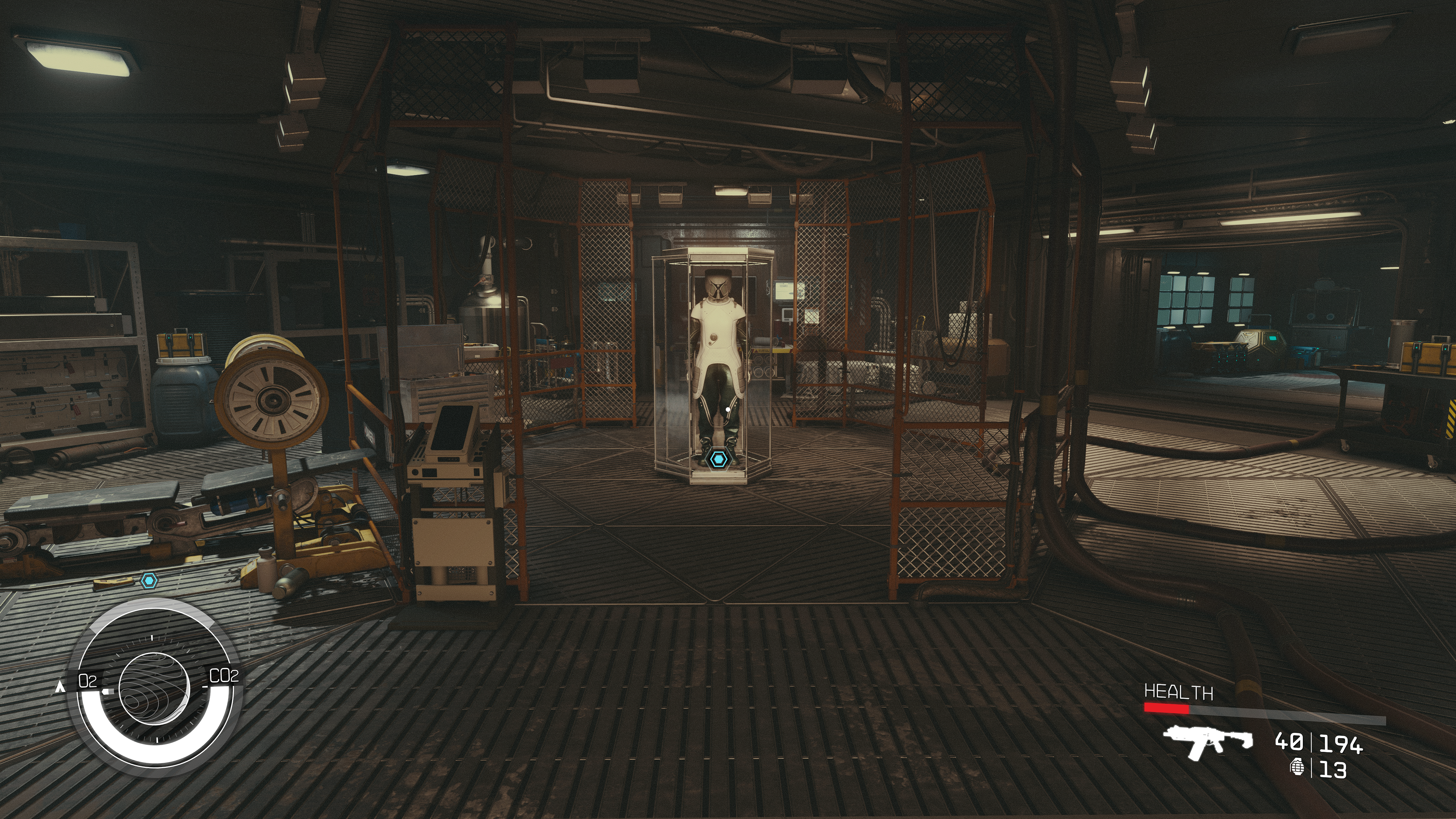
Gameplay
Gunplay in Starfield is smooth and responsive. More importantly, the number of weapons are plentiful and the available mods for weapons feel endless. I did not invest many skill points into researching/crafting mods because I found weapons that carried me to endgame. My favorite rifle randomly applied poison and explosive rounds, killing even the most bullet-spongey enemies (and they are incredibly spongey) with ease despite its base damage being low. The best part? I found it in an early faction mission.

Many of Starfield’s locations have low/zero-gravity. This is where combat was at its best. Countless games are shooters with normal gravity but playing with little or no gravity where you’re able to jump over buildings or fly using jetpacks while fighting enemies with the same capabilities were my favorite gun fights. However, it would have been so much better if the AI wasn’t incredibly stupid.
Starfield’s AI might as well have been a free prize pulled from a box of Cracker Jacks. It’s like Bethesda didn’t bother with QA and decided whatever they were doing twenty years ago was fine. I’m surprised it was released with an AI this dense. I saw countless enemies walk past me going to their hiding places. Getting to cover must have been higher in their hierarchical model than fighting back or survival. The result was me pumping dozens of rounds into their spongey asses without them reacting at all. The companion AI isn’t better. I stopped bringing companions because I shot them all in the back of the head every time. Every. Single. Time. Thankfully, companions can’t be killed in such a manner, nor do they mind the friendly fire.
Modular ship design has endless design options. My only complaint was the restrictions placed on the number of components. Near the end of the main story, I installed a mod to lift those restrictions and created an overpowered war machine that nothing could match. After playing with it some, the limitations made sense. But it was a lot of fun building without them and I highly recommend PC players try it out.
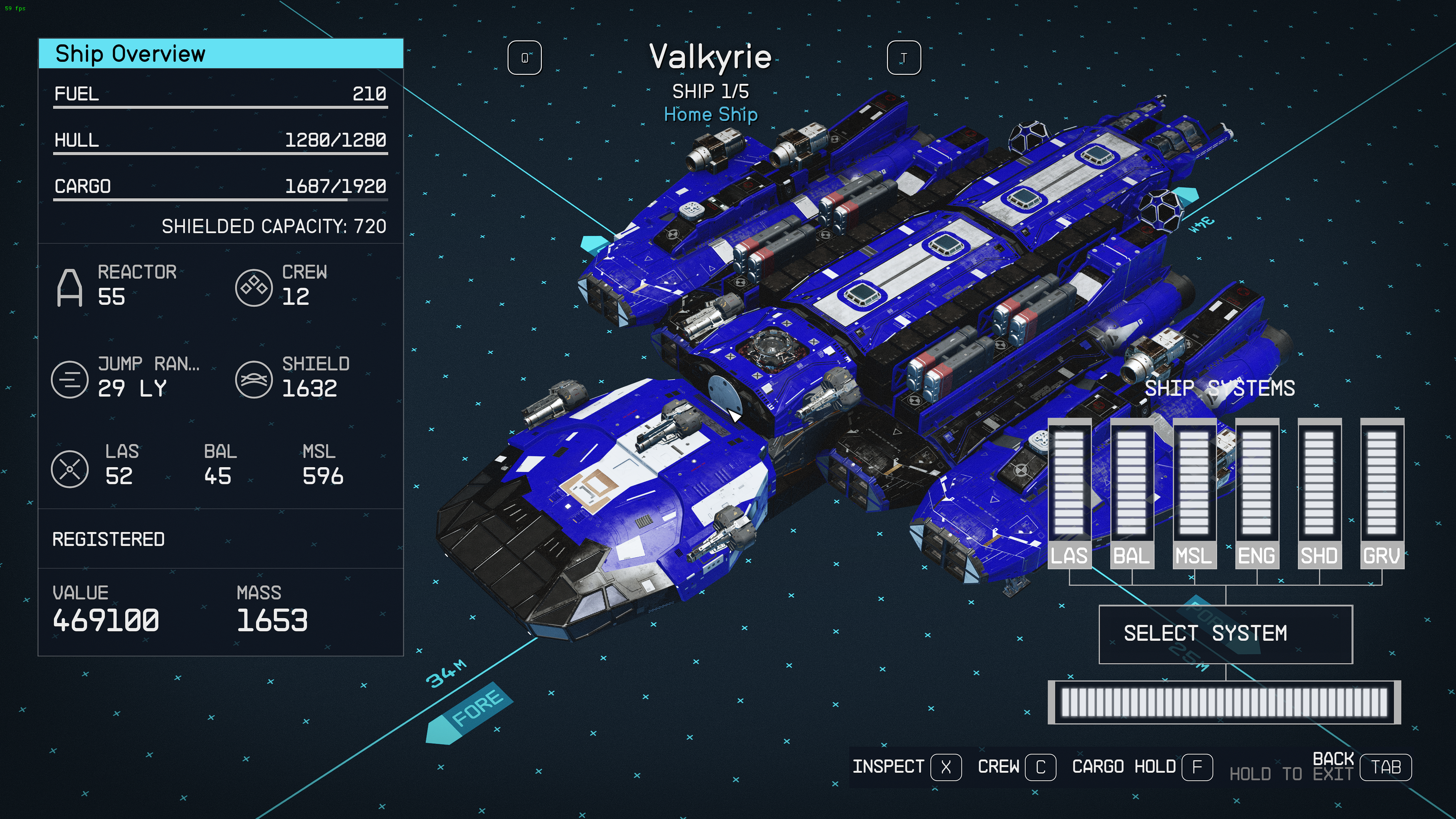
Building a ship would have felt more rewarding if the game employed better systems to use them. Ship combat feels okay and docking at a ship you disable to fight the crew members on the inside is enjoyable. However, this doesn’t outweigh the areas ships fall short.
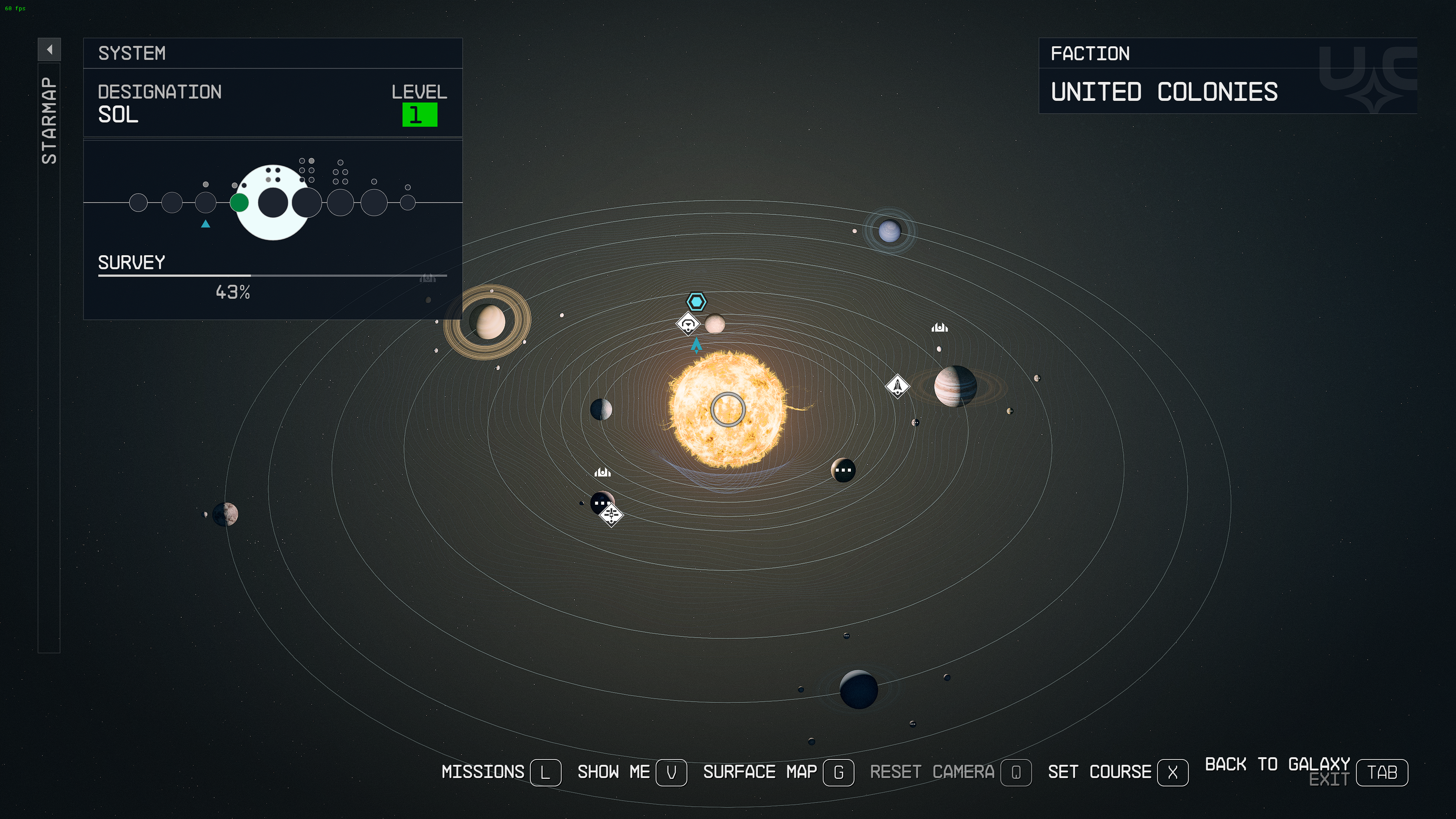
Interstellar travel requires menu-driven fast travel. Sometimes, you’re required to be in your ship. Other times, you can be across a city and use fast travel to traverse the galaxy anyway. The ship is there but you don’t have to fly it much.
Galactic travel is basically Mass Effect’s galaxy map. It works but is disappointing to see in an open-world game going for exploration. If you’re hoping for No Man’s Sky, this isn’t the game for you. Atmospheric flight and manual landings are not possible. Outside space combat, your ship exists as a device to foster fast travel from system/planet A to B. Using fast travel to help players get across cast distances is fine. I would have used it most of the time even if it weren’t required. But extensive reliance on fast travel as the sole method of interstellar travel makes fast travel a crutch that holds the entire game together. Starfield is not a space flight simulator. But it would have been so much more awesome if it had been. I enjoyed playing this game tremendously but I would have enjoyed it so much more if some of these things were able to be done differently.
A few days after Starfield released, I saw a YouTube video where someone spent two days recreating some of the basic mechanics in a working demo that resolved many player complaints including this one. I can’t help but wonder if the Creation Engine is becoming the crutch holding Bethesda back.
Starfield is a very ambitious game and I highly recommend it to anyone who enjoyed Bethesda’s prior titles because it does feel like Fallout in space. What it does well, it does extremely well. But when it falls short, it falls hard. Nevertheless, it’s enjoyable and I don’t regret the time or money spent with it. With my first playthrough complete, I am waiting to see what patches or DLC Bethesda offers before planning a NG+.
